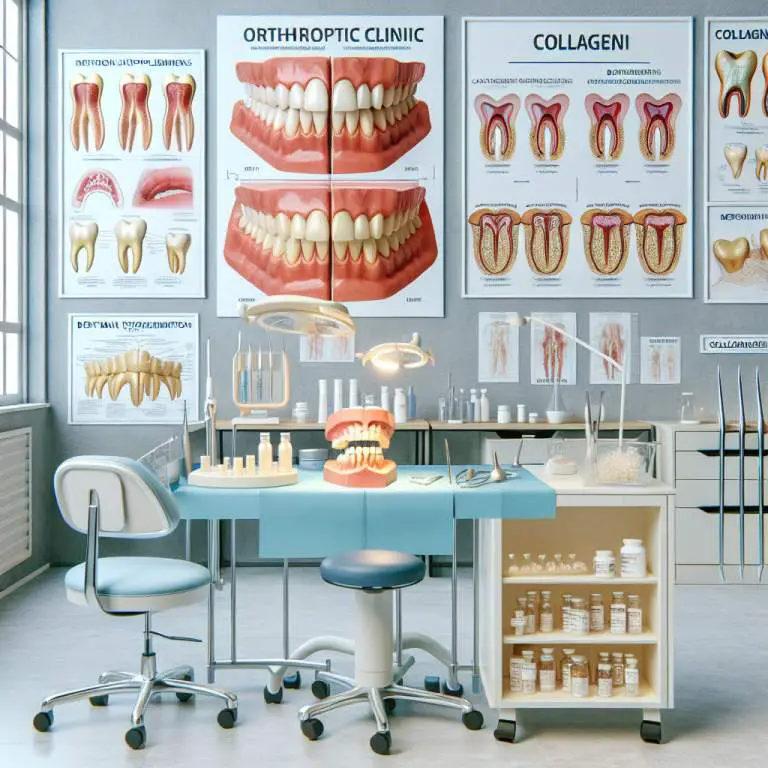How do omega-3 fatty acids contribute to mewing success?
Omega-3 fatty acids support mewing success by reducing inflammation in the body, which can make the jawline more defined. These healthy fats also improve skin health, making the results of mewing—like a sharper jawline—more noticeable. Additionally, omega-3s can strengthen jaw muscles, aiding in the effectiveness of mewing exercises.

How do omega-3 fatty acids affect jaw health?
Omega-3 fatty acids are like little helpers for our body, especially when it comes to keeping our jaws healthy. They work by reducing inflammation, which can sometimes cause problems in our jaw area. When there’s less swelling and pain, our jaws can move more freely and feel better.
Not only do they help with reducing discomfort, but omega-3s also play a part in keeping the bones in our jaw strong. This is super important because a strong jaw means we can chew our food properly and have a nice smile. So, eating foods rich in omega-3s is like giving a power boost to our jaw health.
What role do omega-3s play in bone density and growth?
Omega-3 fatty acids are not just good for the soft parts of our bodies; they’re also great for our bones! These special fats help make sure that the bones all over our body, including those in our jaws, grow strong and stay dense. Dense bones are less likely to break or get hurt, which is really important for kids who are still growing and for adults too.
Bone density is kind of like how thick and solid your bones are. Omega-3s help keep them that way by working with other nutrients like calcium and vitamin D. Together, they make sure your bones get everything they need to be as strong as possible. So, getting enough omega-3s could mean you’ll have healthier bones as you grow up.
Can omega-3 fatty acids improve the results of mewing?
Mewing is this technique where you position your tongue against the roof of your mouth to potentially improve how your face looks over time. Some people think that adding omega-3 fatty acids to their diet might make mewing work even better. That’s because these fats help with inflammation and bone health, which could support the changes mewing tries to achieve.
While there’s no guarantee that omega-3s will make a huge difference in mewing results, it makes sense that having a healthier body overall could help any physical improvement efforts. Plus, since omega-3s are good for so many parts of your body, including them in your diet while trying out techniques like mewing might give you an extra boost towards reaching your goals.
How does nutrition, including omega-3 intake, impact facial structure?
Nutrition plays a big role in how we look, including the structure of our faces. Eating foods rich in nutrients like omega-3 fatty acids can help ensure that everything from our skin to our bones gets what it needs to develop properly. For example, since omega-3s support bone health and reduce inflammation, they might also contribute to a more defined facial structure by supporting healthy bone development around the jawline.
Besides helping with bone strength and reducing swelling that can affect how sharp or soft features appear, proper nutrition ensures that the skin on our faces looks healthy too. Omega-3 fats are known for being good for skin health because they keep it moisturized from the inside out. So eating foods high in these fats could not only support a well-defined face but also give you glowing skin!
| Omega-3 Benefit | Potential Enhancement for Mewing |
|---|---|
| Anti-inflammatory Properties | May reduce jaw soreness and inflammation from mewing exercises, promoting comfort and persistence. |
| Improved Joint Health | Could support healthier temporomandibular joint (TMJ) function, potentially enhancing the effectiveness of mewing. |
| Enhanced Cognitive Function | Better focus and mental clarity might improve consistency and technique in mewing practice. |
| Skin Health Support | Might contribute to a more defined jawline appearance by improving skin elasticity and health around the jaw area. |
| Mood Regulation | Improved mood and reduced anxiety could increase motivation for regular mewing practice. |
Are there specific types of omega-3s that are more beneficial for mewing?
When it comes to mewing, not all omega-3 fatty acids are created equal. EPA (Eicosapentaenoic acid) and DHA (Docosahexaenoic acid) are particularly noteworthy. These two types have been linked to various health benefits, including those affecting bone health and inflammation reduction.
EPA and DHA are found in high concentrations in fish oil, making it a go-to source for these beneficial fats. Their role in supporting jaw structure and potentially enhancing the effects of mewing practices is rooted in their anti-inflammatory properties and their contribution to bone density.
What are the best sources of omega-3 fatty acids for supporting mewing efforts?
Fish such as salmon, mackerel, and sardines are among the richest sources of EPA and DHA. Incorporating these into your diet can provide the necessary omega-3 fatty acids to support your mewing journey. For vegetarians or those who prefer plant-based sources, flaxseeds, chia seeds, and walnuts contain ALA (Alpha-linolenic acid), which the body can partially convert to EPA and DHA.
Supplements can also be a convenient way to ensure adequate intake of EPA and DHA. Fish oil capsules are widely available and offer a direct source of these omega-3s. However, it’s important to choose high-quality supplements to avoid contaminants like mercury.
How much omega-3 should one consume to potentially enhance mewing outcomes?
The optimal amount of omega-3 fatty acids for improving mewing results has not been definitively established. However, general health guidelines suggest aiming for at least 250-500 mg of combined EPA and DHA per day for adults. This recommendation is based on overall heart health benefits but may also apply to supporting bone health and anti-inflammatory needs related to mewing.
It’s crucial to consider personal dietary habits and any existing health conditions when determining the right amount of omega-3s. Consulting with a healthcare provider can help tailor this recommendation to individual needs, ensuring both safety and effectiveness in supporting mewing practices.
Final Thoughts
Incorporating sufficient amounts of EPA and DHA through diet or supplements could play a supportive role in achieving better outcomes from mewing practices. The anti-inflammatory properties and benefits related to bone density make these specific types of omega-3 fatty acids valuable allies in your journey towards improved jawline definition.
While further research is needed to pinpoint exact dosages tailored towards enhancing mewing results specifically, adhering to general guidelines for omega-3 intake is a sensible approach. Remembering that consistency in both your dietary habits and your mewing practice will likely yield the best results is key.






